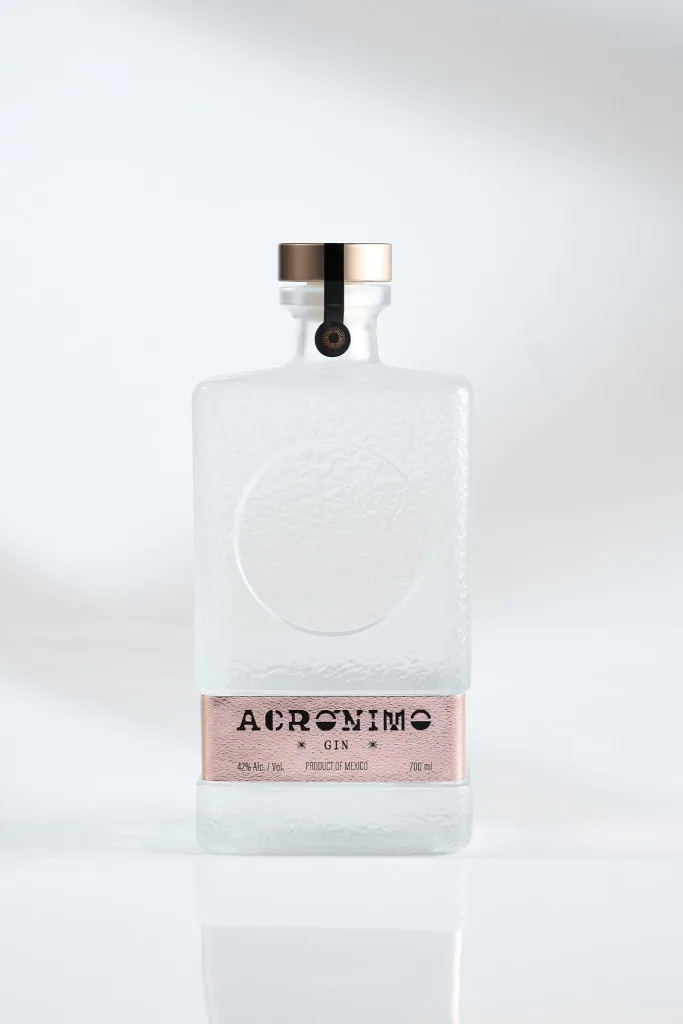Sotol Gin vs. Traditional Gin: A New Wave of Spirits

The alcohol business is changing, and among the most fascinating changes is the arrival of sotol gin. Though sotol gin is making waves for its unique origin and flavor profile, classic gin has a rich history throughout Europe and beyond.
Knowing the difference between sotol gin and conventional gin becomes crucial as more people look for distinctive, handcrafted choices.
We will discuss both forms in this post, learn about their backgrounds, contrast their manufacturing techniques, and underline why this movement is praised as a new wave of spirits.
Standard Gin: A Botanical Masterpiece
With its basis usually composed of grain or malt, traditional gin is renowned for its juniper-forward character. Originally from Europe—more especially, the Netherlands and the United Kingdom—gin has developed from a medicinal tonic in the 17th century into a worldwide consumed spirit.
Its main constituents consist of
- Dominant taste is juniper berries.
- Botanicals include licorice, citrus peel, coriander, and angelica root.
- Usually grain-based and highly purified, neutral spirit basis
Traditional gin’s distillation technique emphasizes keeping a clear, crisp character. Possibly the most well-known style is London Dry Gin, which is distinguished by its dryness and absence of post-distillation added sugars.
Conversely, some gins create a more modern variation by using infusions or post-distillation flavoring.
Sotol Gin: A Reimagining
Conversely, sotol gin brings a whole different taste story. Made from the desert spoon plant (Dasylirion), which is wild in northern Mexico, sotol is a distilled alcohol.
Though sotol has always been drunk as its own special spirit—like tequila or mezcal— inventive distillers have begun basing gin on sotol, producing an interesting hybrid: sotol gin.
Sotol gin begins with the earthy, vegetal essence of the Dasylirion plant, unlike classic gin, which usually calls for neutral alcohol. Then it is mixed with botanicals like classic gin, but the outcome is something far more rich, geographically expressive, and complicated.

Sotol Gin vs. Traditional Gin: Key Differences
Let’s start with some basic distinctions to help one grasp the increased interest in sotol gin rather than regular gin:
1. Base Spirit
- Traditional gin: Mostly tasteless before botanical infusion, neutral grain spirit
- Made from the Desert Spoon plant, sotol gin presents a naturally diverse taste basis.
2. Botanical Profiles
- Traditional gin depends on juniper and traditional botanicals.
- Still using juniper, Sotol Gin often combines it with local botanicals like prickly pear, sage, and chili peppers to accentuate regional flavor.
3. Flavor Profile:
- Clean, fresh, juniper-heavy with dry flavors traditional gin
- Depending on the infusion, sotol gin—earthy, smokey, herbaceous—is somewhat sweet or spicy.
4. Cultural Valuation
- Traditionally, gin is connected to British and Dutch drinking customs.
- Rooted in Mexican history, with indigenous and handcrafted customs, sotol gin.
These differences are exactly why many in the spirits community consider sotol gin as a new wave of spirits reimagining what gin may be.
The Craft Movement and Consumer Curiosity
The growing popularity of handmade spirits has made room for creative ideas like sotol gin. Today’s consumers are more exploratory and actively searching for spirits with a narrative.
From source to distillation to taste, sotol gin presents a novel story in a field traditionally thought to be inflexible.
The sustainability element adds even more appeal. Sotol is a more environmentally friendly substitute since the desert spoon plant needs little water and grows best in dry surroundings.
Many small-batch distillers stress ethical sourcing and conventional methods of harvesting, which exactly match the principles of the modern socially conscious consumer.
Sotol Gin: How to Enjoy It?
Those entering this new category may find it interesting how to enjoy sotol gin. The good news is its adaptability.
In a gin and tonic, substitute sotol gin for your regular gin and combine with a tonic with a citrus orientation.
- The vegetal flavor of sotol gin gives this classic more depth in a Negroni.
- Sipped neat: For those who value its untamed, unvarnished core
Its strong flavor also goes nicely with smoky garnishes like burnt rosemary or with fresh herbs like mint and basil.
Market Reaction
Increasing availability of sotol gin at craft liquor stores, pubs, and even international events highlights its growing importance.
Although it is still a niche product relative to conventional gin, its development path shows shifting palates and a taste for authenticity.
In northern Mexico, as well as some U.S.-based artisan producers close to the border, distillers are testing sotol gin formulations that challenge limits.
We should anticipate even more variations—spicy, flowery, citrusy—each unveiling a fresh depth of taste as this market develops. These are just some of the factors to consider when it comes to sotol gin vs. traditional gin.
FAQs
- Sotol gin vs. traditional gin: which one should I try?
If you enjoy classic, crisp flavors with strong juniper notes, go for traditional gin. But if you’re feeling adventurous and want something earthy, bold, and rooted in Mexican tradition, give sotol gin a try.
- Could I have standard gin cocktails using sotol gin?
Indeed, very definitely! Any gin-based cocktail can be made with sotol gin, but with some vegetal or smoky characteristics, you should expect a stronger, more nuanced taste.
- Is sotol gin a sort of mezcal or tequila?
No. Though sotol is sometimes likened to mezcal or tequila, it is a unique liquor derived from a different plant (Desert Spoon) with its own category.
- Where might I get sotol gin?
Specialty liquor stores, internet markets, and bars emphasizing craft spirits all have sotol gin on hand. Its availability is rising fast.
- Is gin sotol sustainable?
Absolutely. Unlike conventional grain-based spirits, the desert spoon plant is more environmentally friendly since it grows wild in dry conditions and requires little water.
In Conclusion: A Customized Approach Meets Originality
The debate about sotol gin vs. traditional gin marks a change in how spirits are being imagined and consumed, not only a taste difference.
For those who want something different, sotol gin is a robust, fresh substitute, even if regular gin is still a timeless classic.
We are definitely seeing a fresh surge of emotions as this trend gathers momentum. Sotol gin is worth trying regardless of your level of experience with gin—one sip could alter your impression of what gin can be.
